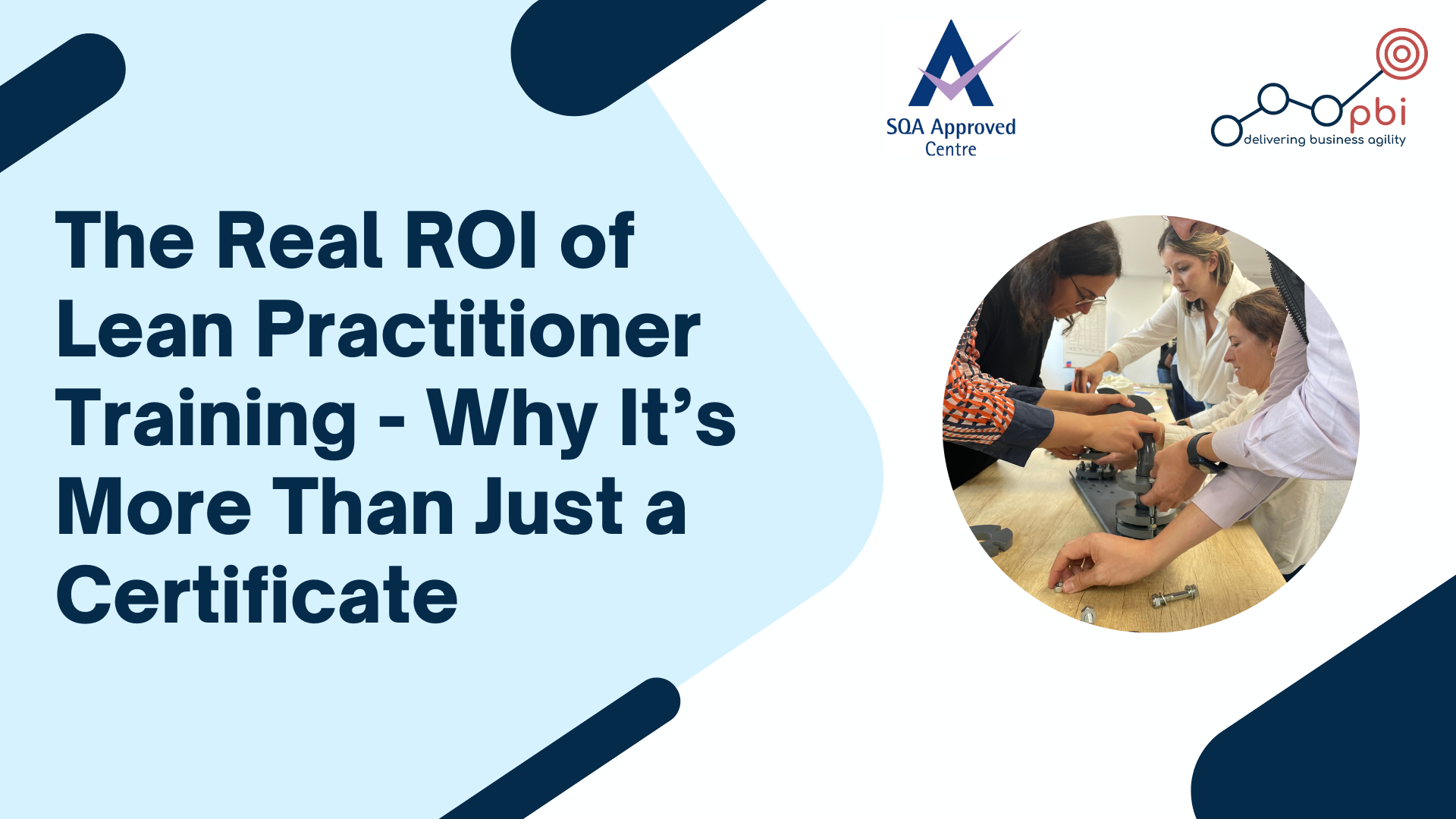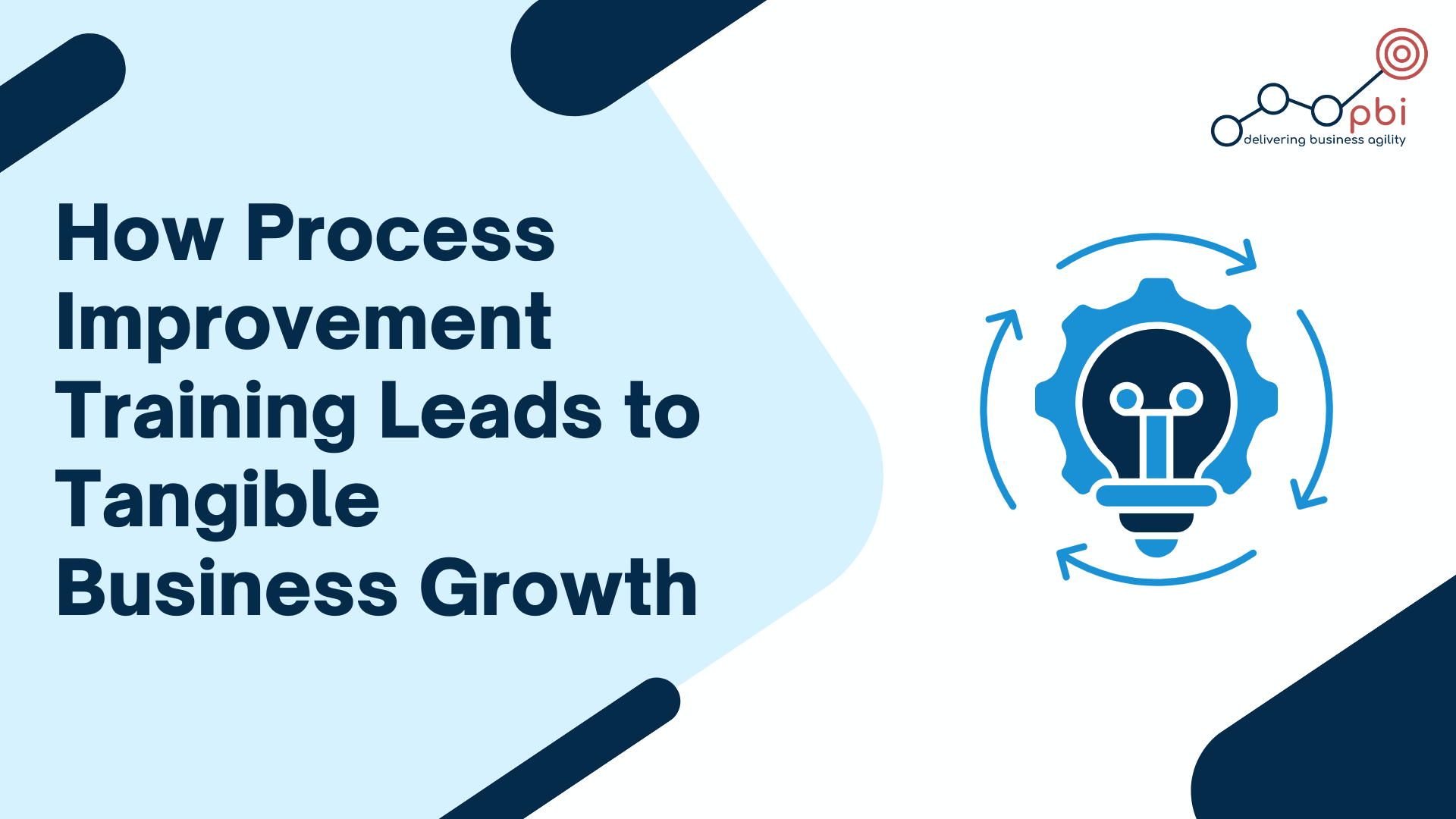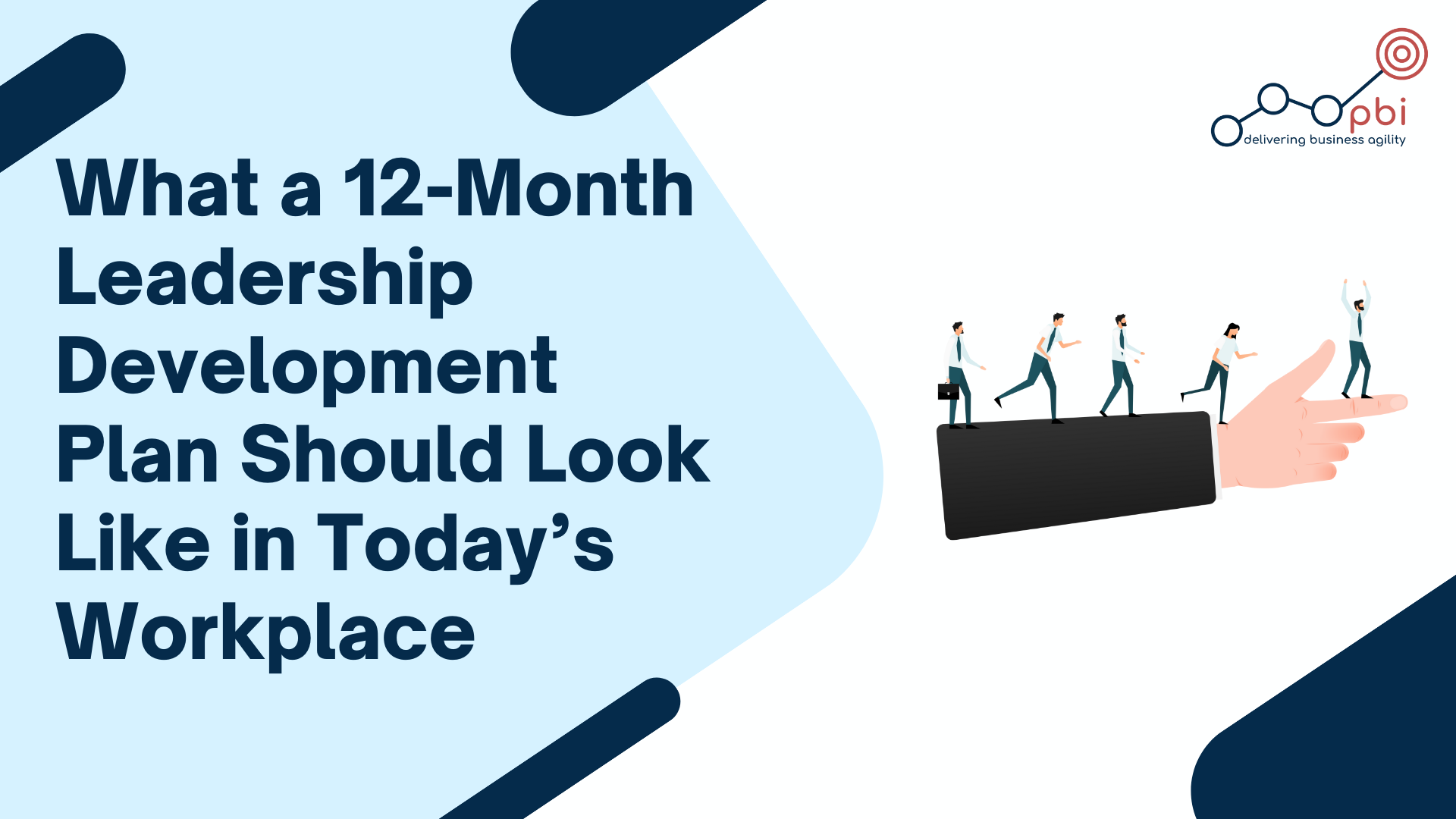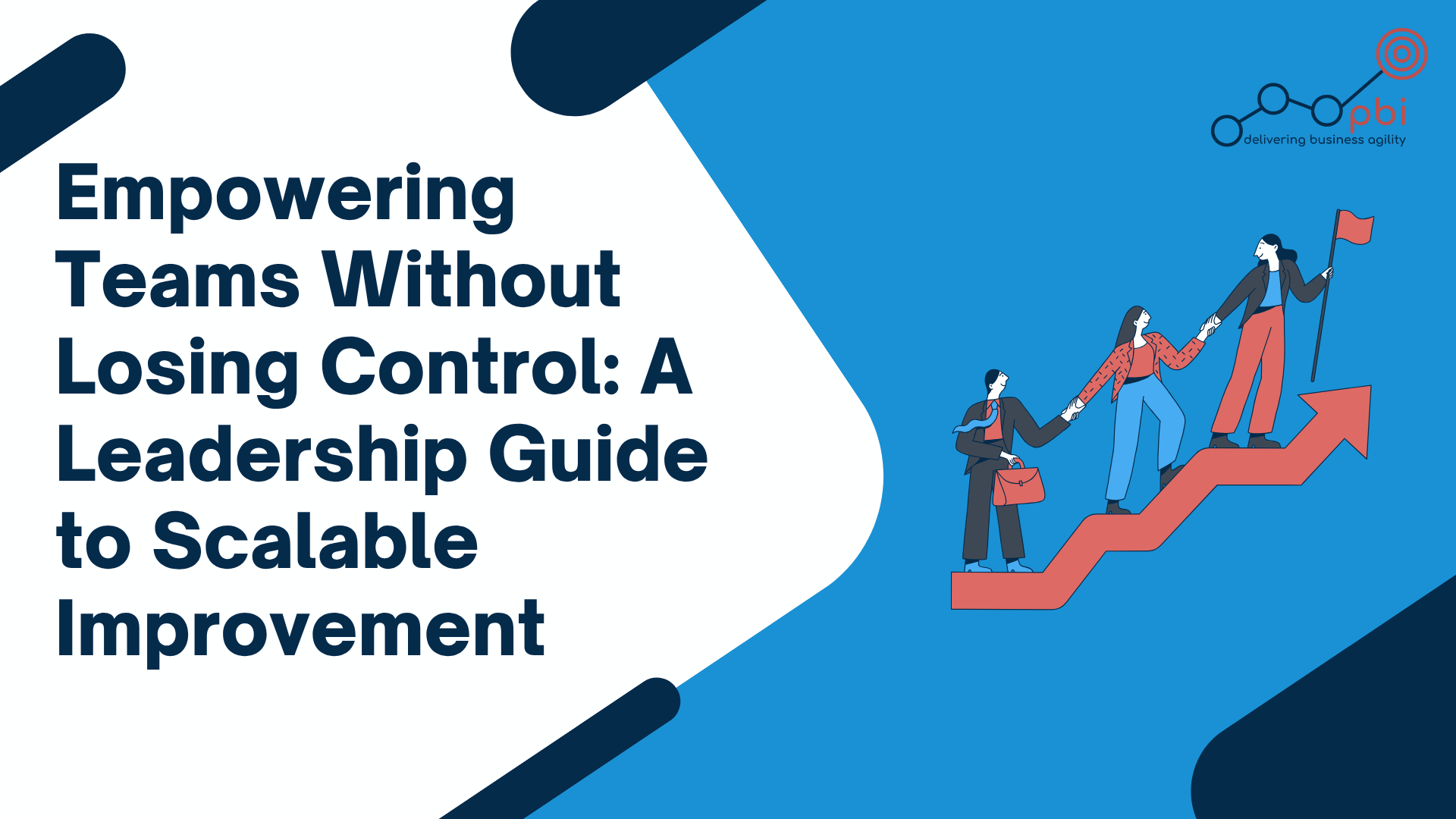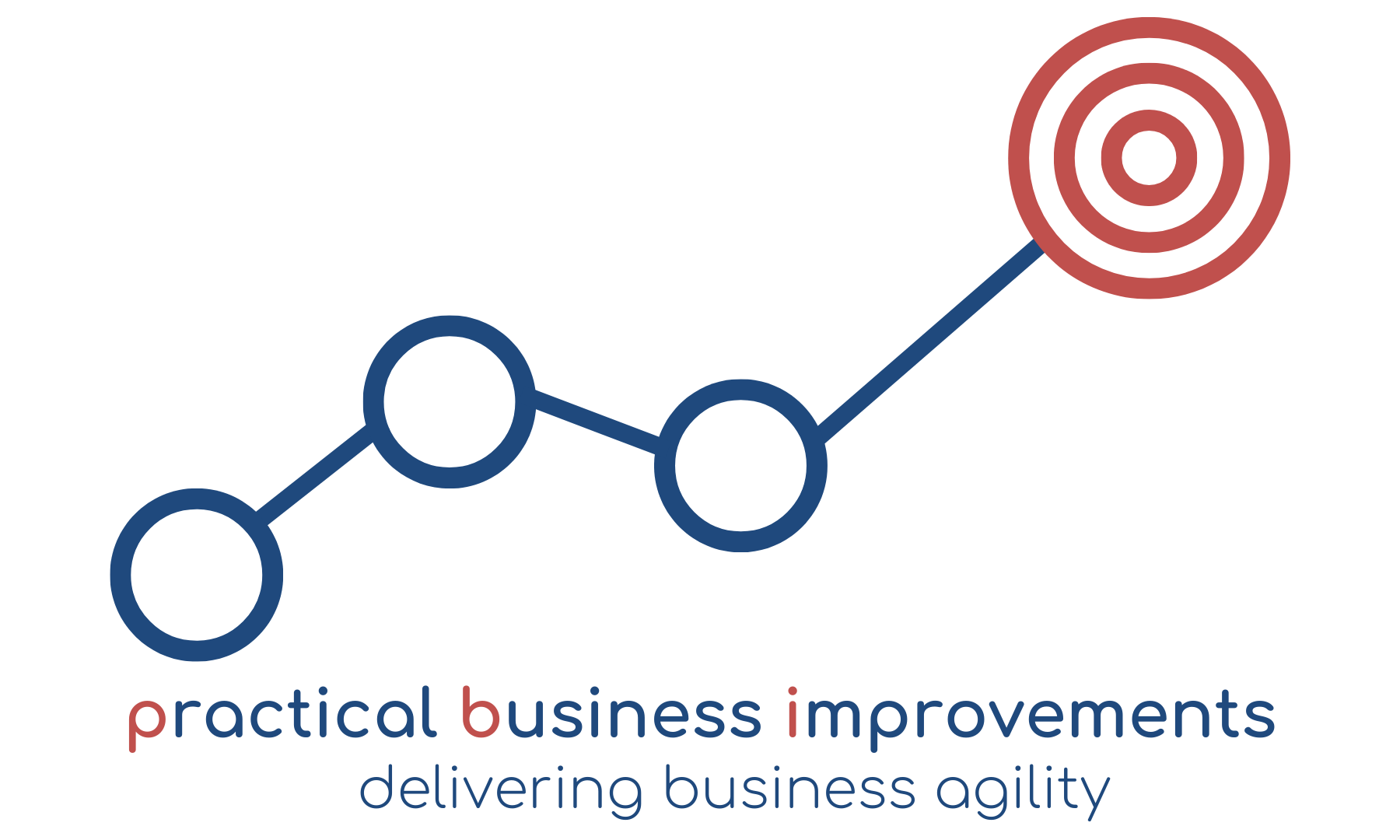This is a subtitle for your new post
1. Introduction - Why Team Operating Rhythms Matter
A team operating rhythm is the heartbeat of high-performing teams. It is the regular cadence of meetings and interactions that keep people aligned, focused, and moving in the same direction. Done well, it fuels process improvement for teams, boosts communication, and accelerates decision-making. Done poorly, it creates confusion, wasted time, and missed opportunities.
At PBI, we help organisations optimise these rhythms through proven frameworks like Daily Huddles, Campaign Rooms, Strategic Framework reviews, and Lessons Learned / Retrospective sessions. These meetings are not just about ticking boxes - they are essential touch points that align leadership vision with day-to-day delivery.
2. Warning Sign #1 - Meetings That Lack Structure or Purpose
If your team meeting structure changes constantly or meetings feel like a talking shop, you may have a problem. Teams without clear agendas or actionable outcomes often leave the room with more questions than answers.
The solution is to adopt effective daily huddles supported by structured agendas. Frameworks like PBI’s Campaign Room approach ensure every meeting drives decisions forward and tracks measurable progress, creating consistency and clarity for all team members.
3. Warning Sign #2 - Disconnect Between Leadership and Teams
A lack of leadership alignment is one of the fastest ways to break a team’s rhythm. When executive communication effectiveness is low, teams struggle to understand priorities, which leads to inconsistent delivery.
Using a Strategic Framework for leadership ensures that the vision, objectives, and measures of success are clearly cascaded to all teams. Pair this with regular campaign room leadership updates, and you create a culture where leaders actively sponsor change and drive engagement, rather than leaving teams to interpret mixed messages.
4. Warning Sign #3 - Slow Response to Issues
Teams with sluggish problem-solving often miss opportunities and allow small issues to escalate. Without agile problem solving and a focus on process improvement speed, problems get parked until the next meeting - if they’re addressed at all.
The campaign room problem tracking method captures issues as they arise and assigns clear owners and deadlines. Coupled with daily huddle issue resolution, teams are able to move quickly and adapt in real-time, rather than getting bogged down in delays.
5. Warning Sign #4 - No Measurable Progress Between Meetings
If you’re reviewing the same topics over and over without clear progress, your milestone tracking process needs work.
In PBI’s approach, SMART objectives for teams are embedded into the Campaign Room milestones, ensuring every action is time-bound and measurable. This transparency keeps everyone accountable and makes it clear whether the team is moving forward or simply standing still.
6. How to Fix a Broken Team Operating Rhythm
To improve team operating rhythm, start by defining a clear cadence and sticking to it. Each meeting type - whether daily, weekly, or monthly - should have a specific purpose and measurable outcome.
Leadership development for teams plays a critical role here, ensuring that leaders can facilitate productive discussions, hold people accountable, and model the right behaviours. Partnering with a process improvement consultancy like PBI can help you implement proven tools such as campaign room implementation that embed sustainable rhythms and clear lines of communication.
7. Conclusion - Embedding a Healthy Operating Rhythm
Healthy operating rhythms are not built overnight. They require leadership commitment, structured frameworks, and a culture of continuous improvement. By focusing on sustainable team performance and applying a proven process improvement strategy, you can transform meeting culture from reactive and chaotic to proactive and productive.
With executive coaching for team alignment and a structured framework for communication, your organisation can create an operating rhythm that keeps everyone focused, connected, and moving forward - no matter the challenges ahead.
